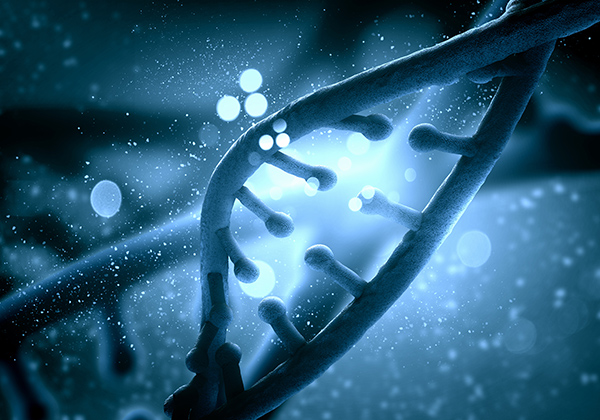
Cloning
Cloning is the process of creating an identical copy of an original. A clone in the biological sense is an organism that is genetically identical to another living organism. There are two main types of cloning: cloning an organism or cloning a gene.
Cloning an organism means to create a new organism with the same genetic information as an existing one. This can be done by a process called somatic cell nuclear transfer (SCNT). The nucleus is removed from an egg cell and replaced with a nucleus extracted from a cell of an organism one wants to clone. As the nucleus contains (almost) all of the genetic information of a lifeform, the host egg cell will develop into an organism genetically identical to the nucleus donor. This is how Dolly the sheep, the first mammal ever cloned, was made: from a single cell taken from the udder of her mother.
Cloning a gene means to extract it from one organism and to insert it into a second organism where it can be used and studied. Cloning a gene sometimes can refer to genetic engineering in a gene associated with some phenotype (physical feature or trait) that can be transferred from one organism to another.
Cloning an organism means to create a new organism with the same genetic information as an existing one. This can be done by a process called somatic cell nuclear transfer (SCNT). The nucleus is removed from an egg cell and replaced with a nucleus extracted from a cell of an organism one wants to clone. As the nucleus contains (almost) all of the genetic information of a lifeform, the host egg cell will develop into an organism genetically identical to the nucleus donor. This is how Dolly the sheep, the first mammal ever cloned, was made: from a single cell taken from the udder of her mother.
Cloning a gene means to extract it from one organism and to insert it into a second organism where it can be used and studied. Cloning a gene sometimes can refer to genetic engineering in a gene associated with some phenotype (physical feature or trait) that can be transferred from one organism to another.
Animal Models: Cloning of animals can preserve genetic variation in support of endangered species. This becomes especially useful when the intention behind cloning is to save a certain endangered species from becoming extinct or maybe even bringing extinct species back to life.
Stem Cells: So called "regenerative cloning" could be used for producing compatible tissues and organs for patients being treated with stem cell therapies. This helps to overcome the immune rejection problems associated with transplantation.
Ethics: The majority of the general public is not aware of the exact details involved in cloning. As a result there is a lot of fear and misconceptions about it.
Human cloning, Woolly Mammoth, Genetic engineering, Splicing life, Clone a gene, Genes to Genome, Genome sequencing
Related Topics
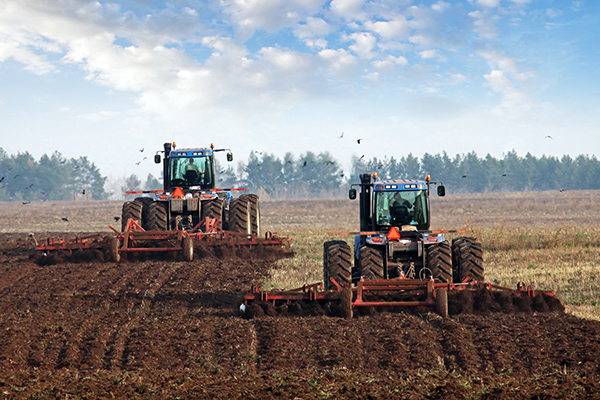
Agricultural Engineering
Agricultural engineering covers many different areas related to farming. It includes the design of machines, the building of water supply systems a...
READ MORE
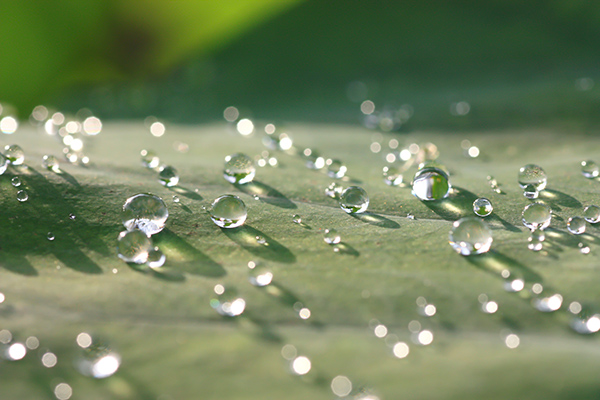
Bionics
The term "bionic" means a certain understanding of principles in technology that are "like the natural world" of plants and animals. Basically, thi...
READ MORE
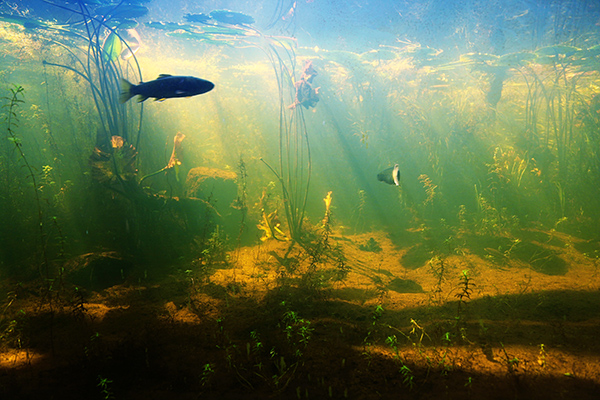
Biotope: Life In The Water
A biotope is defined as the combination of the physical habitat and its associated community of species. Besides other habitats, also the water has...
READ MORE
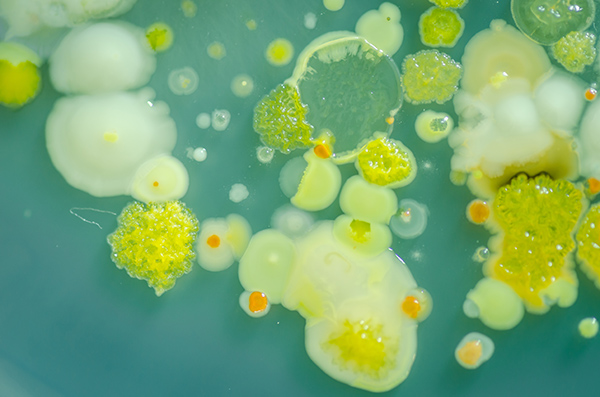
Dirt
Have you ever wondered how clean your classroom is? Have you ever thought it might look clean to the naked eye? Well, clean and dirty are a matter ...
READ MORE
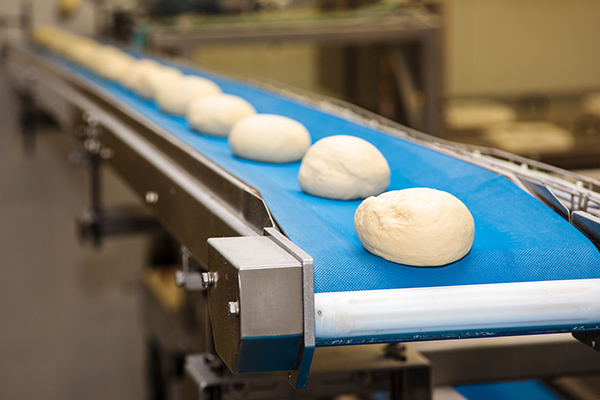
Food Production
The world population has reached 7.4 billion people and this number is increasing every second. Hence, we need to produce more food. However, it is...
READ MORE
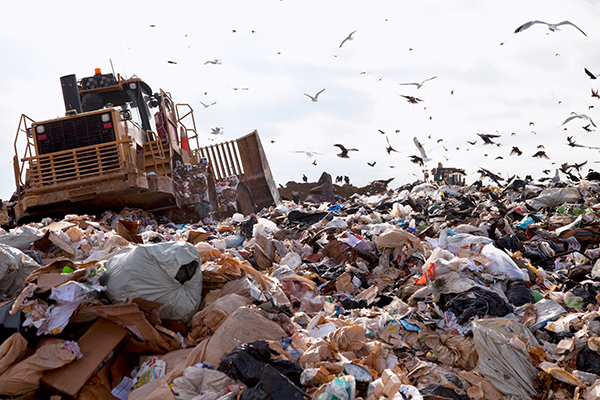
Food Recycling
In the world there are millions of people suffering from starvation and lack of food. Yet, at the same time tons of food products are wasted each d...
READ MORE
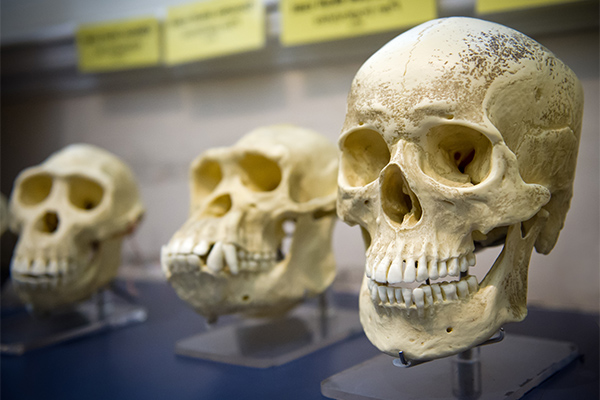
Human Migration And Evolution
When our ancestors (modern humans of the species 'homo sapiens') first left Africa about 60.000 years ago, they left 'genetic footprints' everywher...
READ MORE
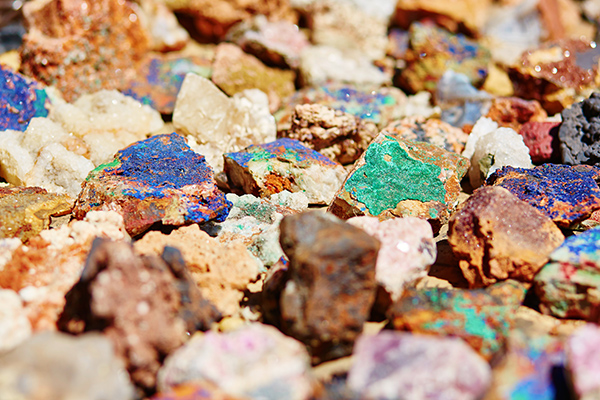
Minerals
In the world, there are thousands of different kinds of minerals. They can be found all around us and there is literally nowhere you can go without...
READ MORE
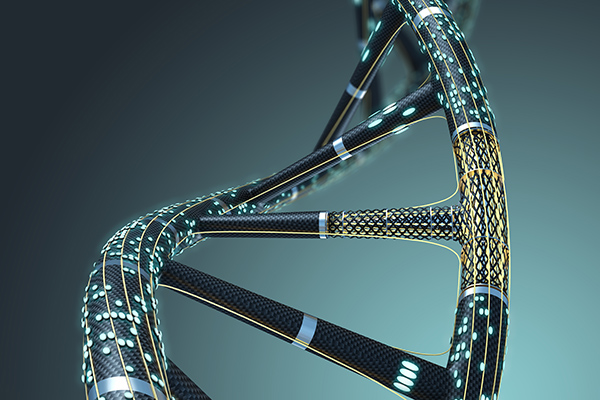
Nanobiotechnology
Nanobiotechnology (bionanotechnology, nanobiology) are terms that refer to the intersection of nanotechnology and biology working at a nano-scale o...
READ MORE




